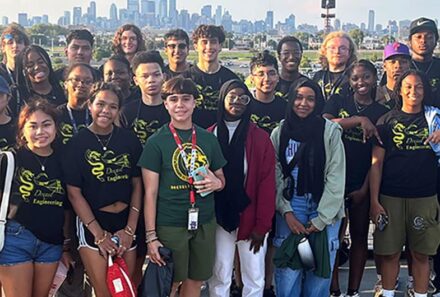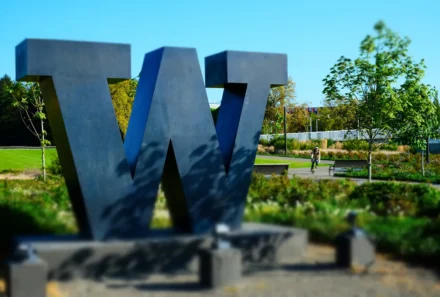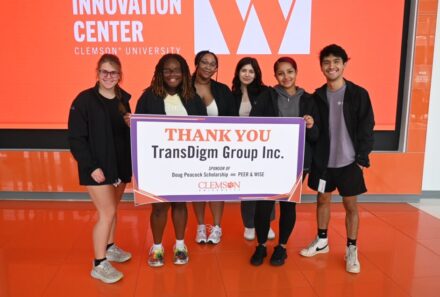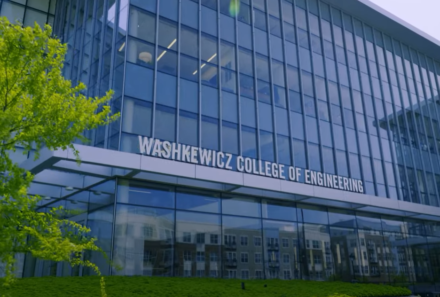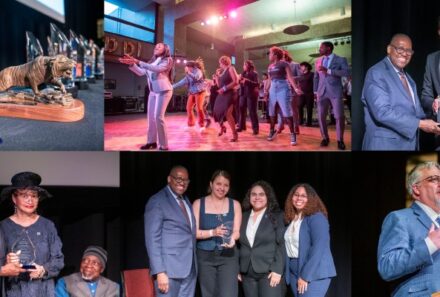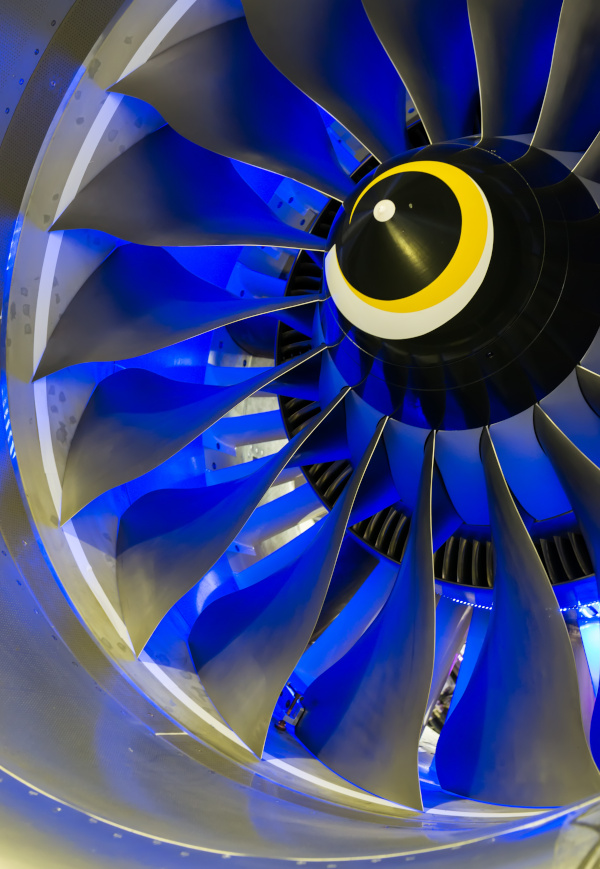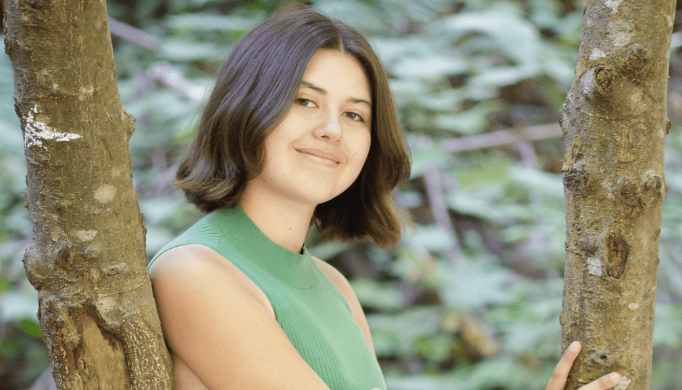
Insects, Balloons and Rockets: How One Scholarship Enables Flight
ARTICLE FROM USC VITERBI SCHOOL OF ENGINEERING
August 1, 2024 by Raka Bhattacharyya
Photo credit: Autumn Zaretsky
Click Here for the original article
Autumn Zaretsky loves flight.
Though she dreams of flying massive rockets in space, the USC Viterbi student spent her senior year of high school researching something far more tiny. The earwig, an insect less than two inches, has a unique superpower. Its wings, hidden away most of the time, expand like an origami magic trick — 10 times larger when finally revealed. Zaretsky even built a flying machine known as an ornithopter, powered by a DC motor with flapping mulberry paper wings, inspired by the humble earwig. Sadly, after several crashes, it never flew again. But now, with the help of a unique scholarship, Zaretsky’s own wings might be expanding in a most earwig-like fashion.
This past April, Zaretsky also participated in capturing a picture of the total solar eclipse through the use of a high-altitude helium balloon with fellow USC Viterbi students near Del Rio, Texas. “We were able to send a high altitude balloon 100,000 feet into the atmosphere. It was a great experience,” she said, explaining how the team had succeeded in capturing highly detailed and focused images of the solar eclipse at the pivotal moment the moon had entirely eclipsed the sun. “I’ve had a lot of opportunities to take advantage of what USC has had to offer this last year,” Zaretsky, now a sophomore, stated. “Part of this is the Doug Peacock Scholarship. Without scholarships like these, I would not be able to do all of the amazing things that I have been able to do this year.”
As a current Doug Peacock Scholar, Zaretsky found various new avenues of connectivity not only with professionals within the industry, but also amongst her own peers. Zaretsky described how especially valuable it was to meet fellow female engineers within the aerospace and astronautical engineering field through the Doug Peacock Scholarship social events.
“There’s not a lot of women in aerospace and astronautical engineering,” she noted. “When you go into industry, it can be almost all men. It’s very important to have communities for women in engineering.”
Established by TransDigm Group, Inc. to commemorate the legacy of late CEO and founder Doug Peacock, the Doug Peacock Scholarship Fund provides financial support to underrepresented students within the STEM field, particularly women and historically underrepresented groups. Since its establishment in 2021, the scholarship has provided more than 80 scholarships to Viterbi undergraduate students.
In addition to providing financial support and professional opportunities for female students and students from groups historically underrepresented in engineering, TransDigm has provided funding for USC Viterbi’s John Brooks Slaughter Center of Engineering Diversity (CED). This funding has allowed the CED to serve nearly 100 students this year — a marked 40% increase — through the CED Mentorship Program.
“A diversity of ideas is essential for innovation in engineering,” said USC Viterbi Dean Yannis C. Yortsos. “Through their investment in USC Viterbi students, TransDigm is not only empowering these students to reach their full potential, but paving the way for a richer range of perspectives and innovative advances in engineering.”
The Doug Peacock Scholarship aims to alleviate financial constraints and enable students to explore extracurricular and professional opportunities available not only within USC Viterbi but also outside of it. Through networking events, representatives of TransDigm subsidiaries, such as TA Aerospace and Mason Controls, often connect with Doug Peacock Scholarship recipients, offering students networking opportunities and career advice.
“It’s important to develop the next generation of innovators and engineers,” explained Joe Llanes, president of TA Aerospace, describing how employers from TransDigm subsidiaries connect with Doug Peacock Scholars through networking events. “We aim to give students an opportunity to get real tangible, hands-on experience along with different aspects of the business.”
It was through these networking events that Zaretsky connected with industry professionals such as Llanes and acquired a position at TA Aerospace, where she is currently interning in manufacturing engineering. “It’s been a really cool experience because I get to work for the company that is providing this scholarship opportunity to me,” Zaretsky said. “It’s been amazing to gain industry experience and to understand more about how the world of engineering works. I love seeing my ideas and my work being implemented into the workplace to improve overall manufacturing procedures.”
“With an increasingly global economy, the importance of a diverse workforce cannot be understated,” said Kevin Stein, TransDigm Group’s President and Chief Executive Officer. “USC Viterbi and TransDigm are aligned in our commitment to nurturing and advancing a talented and diverse workforce for the future. TransDigm is proud to support this mission through the Doug Peacock Scholarship Program, and we are delighted to have outstanding scholarship recipients like Autumn. We are thrilled that Autumn is also interning at one of TransDigm’s subsidiaries, where she is gaining valuable hands-on experience to support her educational journey. Looking ahead, we hope to continue welcoming Peacock Scholars into our subsidiaries and supporting their growth and development.”
In the future, Zaretsky aspires to complete her master’s degree as well as a doctorate in astronautical engineering. “The nice thing is that I’ve been able to explore many different areas of astronautical engineering at USC. I’ve realized through all of the research opportunities I’ve found at USC that I really enjoy research,” Zaretsky explained.
Pursuing the frontiers of knowledge, Zaretsky continues to explore the unknown and bring us closer to the stars.

